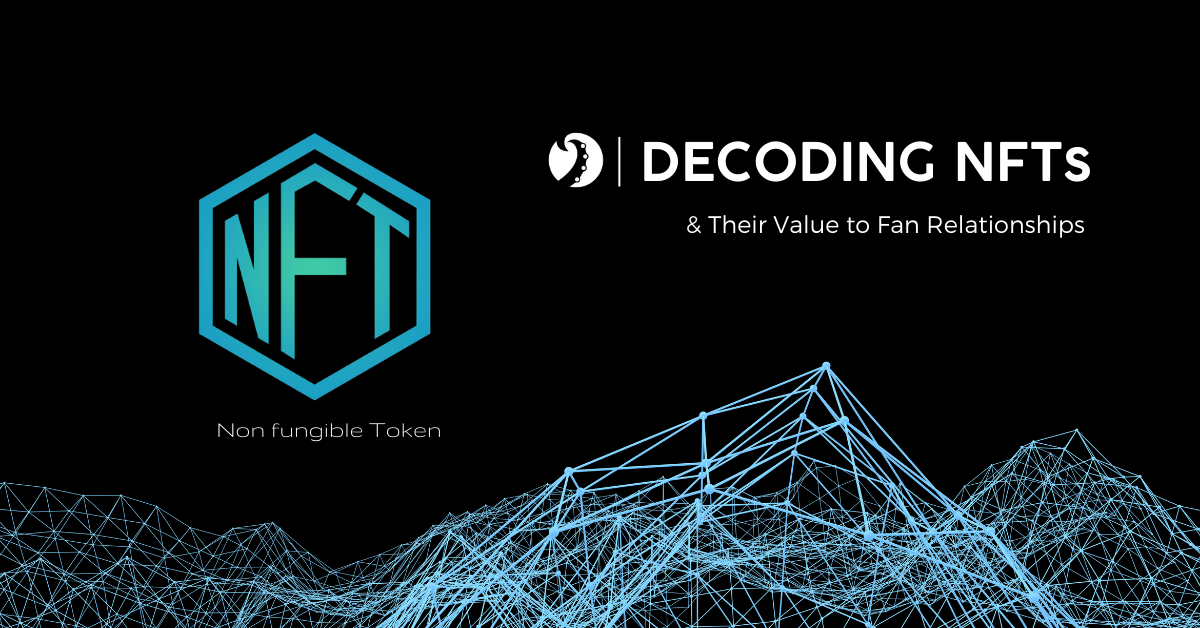 Authored By: Michael Bassal
Authored By: Michael Bassal
Sports and music have always relied on fan engagement to generate revenue and create opportunities around their businesses. When COVID hit, a lot of these organizations had to recalibrate & adapt to what everyone assumed would be a couple of months of rough waters. Not so. One year later, I think it’s safe to say that some of the changes we’ve witnessed over the last year are here to stay. A large part of these changes relates to new technologies.
Today, we stand on the edge of massive shifts in consumer culture. It’s akin to what earlier generations might have experienced with the internet when a brand new way of thinking about content was introduced. This shift in consumption is best represented by the prevalence of digital goods, which have been accelerated by the current state of the world. There’s no question about the importance of digital interactions in our future.
It’s Time to Take Notice
This shift is important to factor into marketing strategies, as it represents the interaction patterns of tomorrow. In particular, it captures two overarching trends that marketers need to be aware of.
First, marketers and strategists alike have spoken for years about the importance of establishing direct-to-fan channels. Recent changes imposed by iOS 14 and the progress towards a cookieless future have accelerated movement in this direction. Now, we have a way to create that network at a scale in a digital metaverse.
The other trend pertains to psychological motives.
If you were to give a million dollars to an 18-year-old a decade ago, they’d likely invest in real-estate - a physical asset - to generate passive revenue. Today, an 18-year-old would probably open a Robinhood account, buy Gamestop stock to follow the gamma squeeze, purchase some Fortnite skins, purchase some bitcoins on Coinbase, etc etc etc.
We’re witnessing first-hand the shift towards digital assets to offset the inaccessibility of physical assets. This doesn’t mean that everything needs to be digital. But it does give us insight into the incentives of the Gen-Z population, which represent an increasing proportion of our marketing audiences.
The question is, how do we, as marketers, get ahead of this trend?
Enter NFT
An NFT or Non-Fungible Token is based on the concept that we can create scarcity in a digital environment. Using NFTs, we can now create unique, identifiable digital goods that can be sold directly to consumers in a marketplace. Creators can select a digital product and “mint” it to create limited versions to be sold online. All of this is based on Blockchain technology which enables the creation of a democratized marketplace where no one central entity needs to approve or control transactions. All the transactions are created and approved by different “nodes” that help to keep the decentralized structure, which is the core of this technology. Each version created is unique and non-modifiable.
This technology has several implications, but the main use case that we’ve seen so far has been in the collectibles and digital art verticals. NFTs allow creators and rights-holders to create a new source of revenue tied to digital ownership. In the music industry that might come in the form of a song or a special edition release. In the sports industry, we’ve seen projects like NBA Topshot have great success.
NFTs’ underlying characteristics mean that we can now use our content to create limited edition tradable assets that users can own and control. And this taps directly into the two overarching trends discussed above.
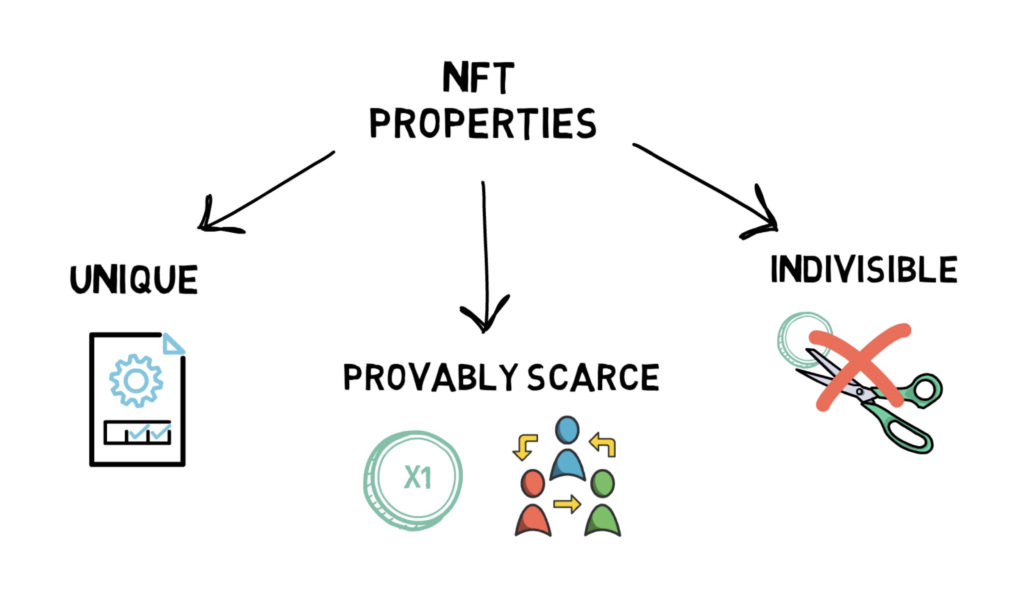 Source: finematics.com
Source: finematics.com
NFTs in Use
As a skeptic, I tend to convince myself that things work only when I see an actual use case and the following reaction from the fan base. In sports, we have the great example of NBA Topshot. Built by Vancouver-based Dapper Labs, NBA Topshot is a new marketplace that allows NBA fans to buy “Moments” or highlights of their favourite players and trade them in an open market.
As of February 27th, the marketplace has seen $250M worth of transactions in total, with $218M generated in the month of February alone. This highlights the traction that this network is starting to build. It’s also a clear indicator that users are ready to invest in digital properties when they see a potential for values to rise.
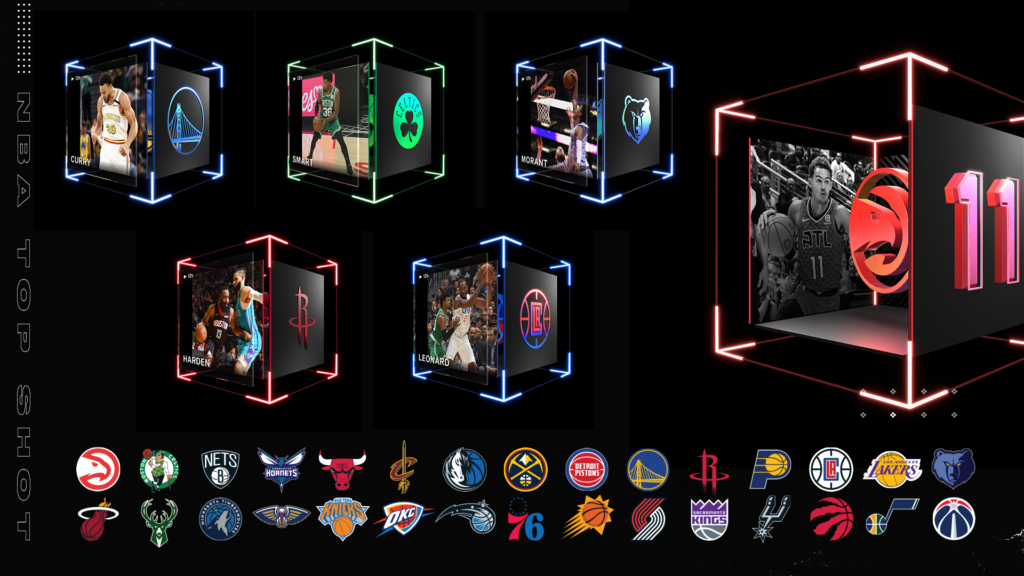
Another great example in sports is Sorare. Sorare has built a fantasy-like game that allows users to buy cards of their favourite soccer players and participate in tournaments against other users. Each card that you own can be traded in the marketplace with the price based on the quality and scarcity of a particular card. The company recently announced a partnership with Ubisoft to develop the gamification aspect of the platform.
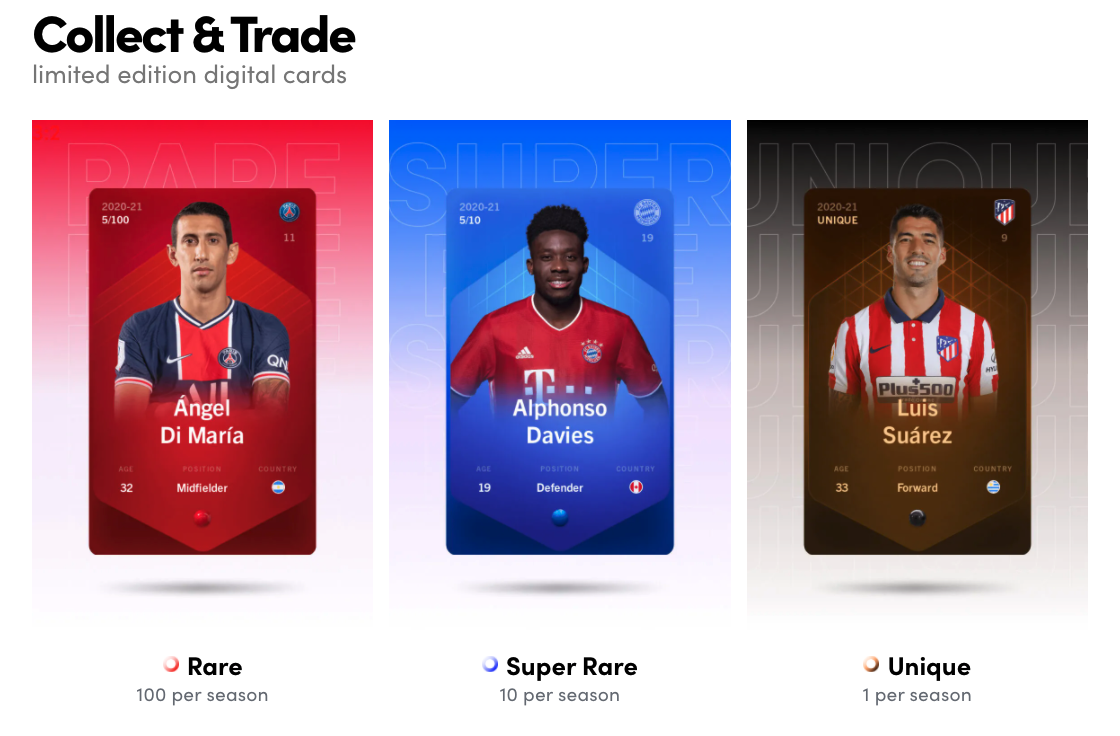
Both Dapper Labs (NBA Topshot) and Sorare have announced in the past weeks that they have raised $250M and $50M respectively to fuel their growth and build infrastructure to accommodate the increasing demand.
Another key feature of this technology is that it allows the original creator of the digital goods to keep track of all secondary transactions and still get a percentage of sales on each sale. This is an especially interesting use case in the ticketing industry, where the rights holders might be able to start to monetize the secondary market.
In music, NFTs have been one of the most talked-about topics of the past month. Finally, there is a way for artists and labels to monetize what was already a digital good(songs/albums) in a new format that creates long-term value.
We’ve seen several examples of NFTs in use in recent weeks. Monstercat, an independent label, released exclusive artwork to their fanbase on Nifty. 3lau, an American DJ, racked in over $10M worth of transactions for his music project in a single day. American rock band Kings of Leon announced that their new album “When You See Yourself” will be released in the form of NFTs. Even pop star Shawn Mendes got involved by announcing a partnership with Genies, a portable digital identity platform.
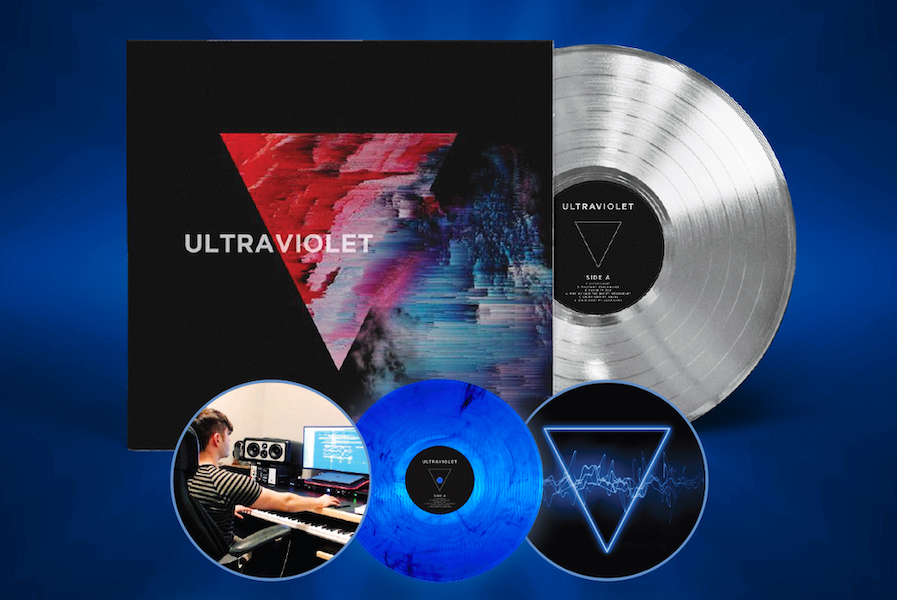
It is clear that the fans want to find new ways to be a part of their favourite projects and the concept of owning something ties back really well with the fan/artist relationship. Fans are not sitting on the sidelines watching artists or teams perform from afar anymore.
What the Future Holds
A big thing that we advocate here at Tradable Bits is the concept of owning your data, NFT allows you to own your community connections and monetize independently. Thanks to this technology, organizations can now create their own ecosystem and determine the value that they’d like to provide to fans. For artists especially, they no longer have to wait 12 months to get their royalty statement and don’t have to play the streaming numbers game thanks to this new direct-to-fan mechanism.
It might be hard to understand why a user would want to spend $70K on a Lebron James moment, but focus on the technology. There is clear value in seeing that digital assets need to be controlled and secured.
As our lives become more digitally oriented, NFTs will play a key part in enabling marketers to create deeper relationships with their fans, only this time on a network that they can fully control.
Interested in owning your fan network? Contact Tradable Bits for a free ideation session. Let’s make a plan.
